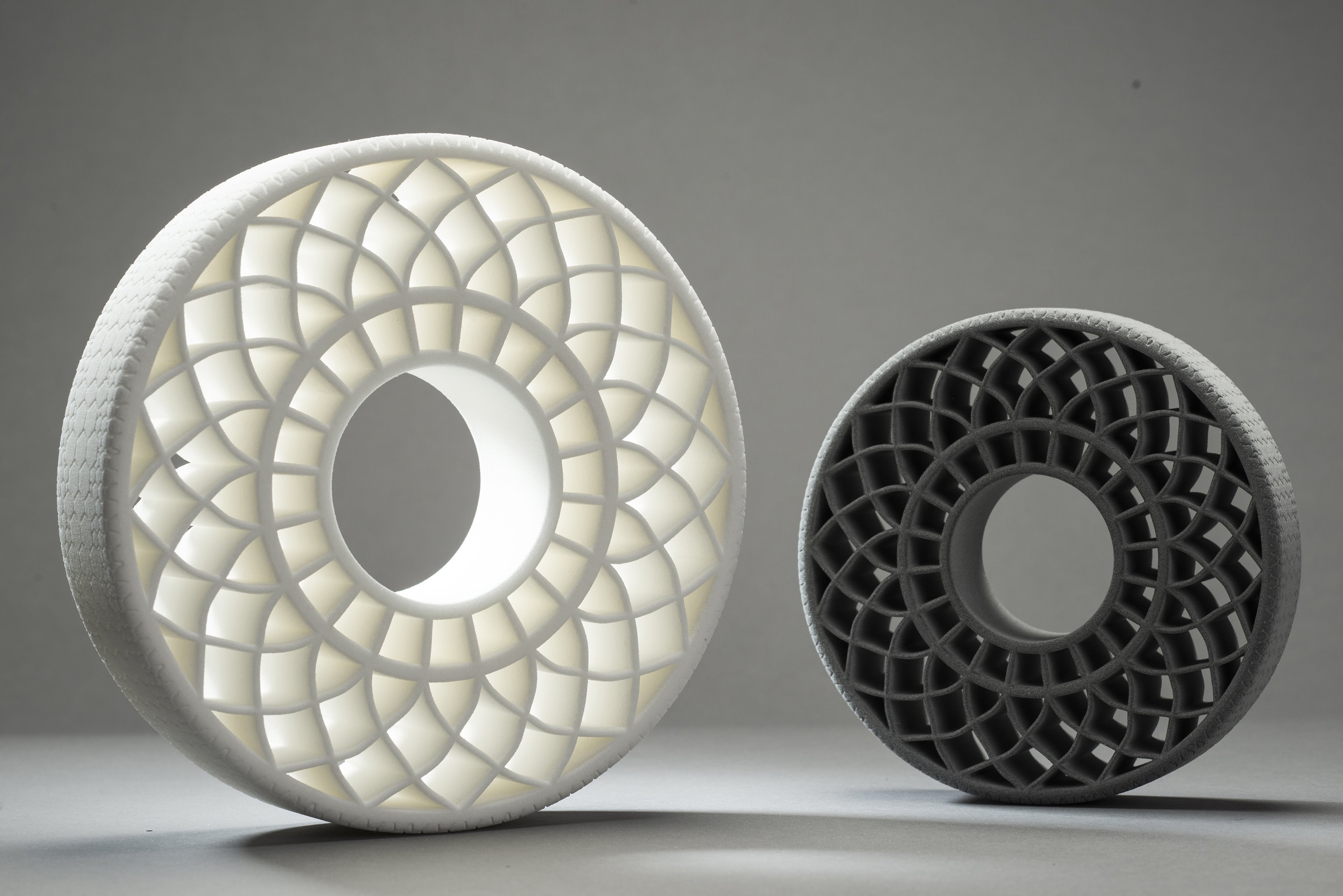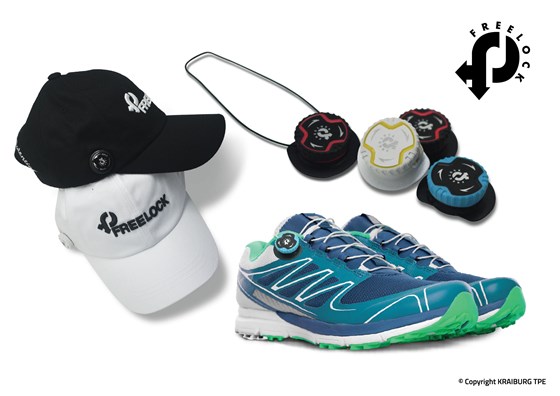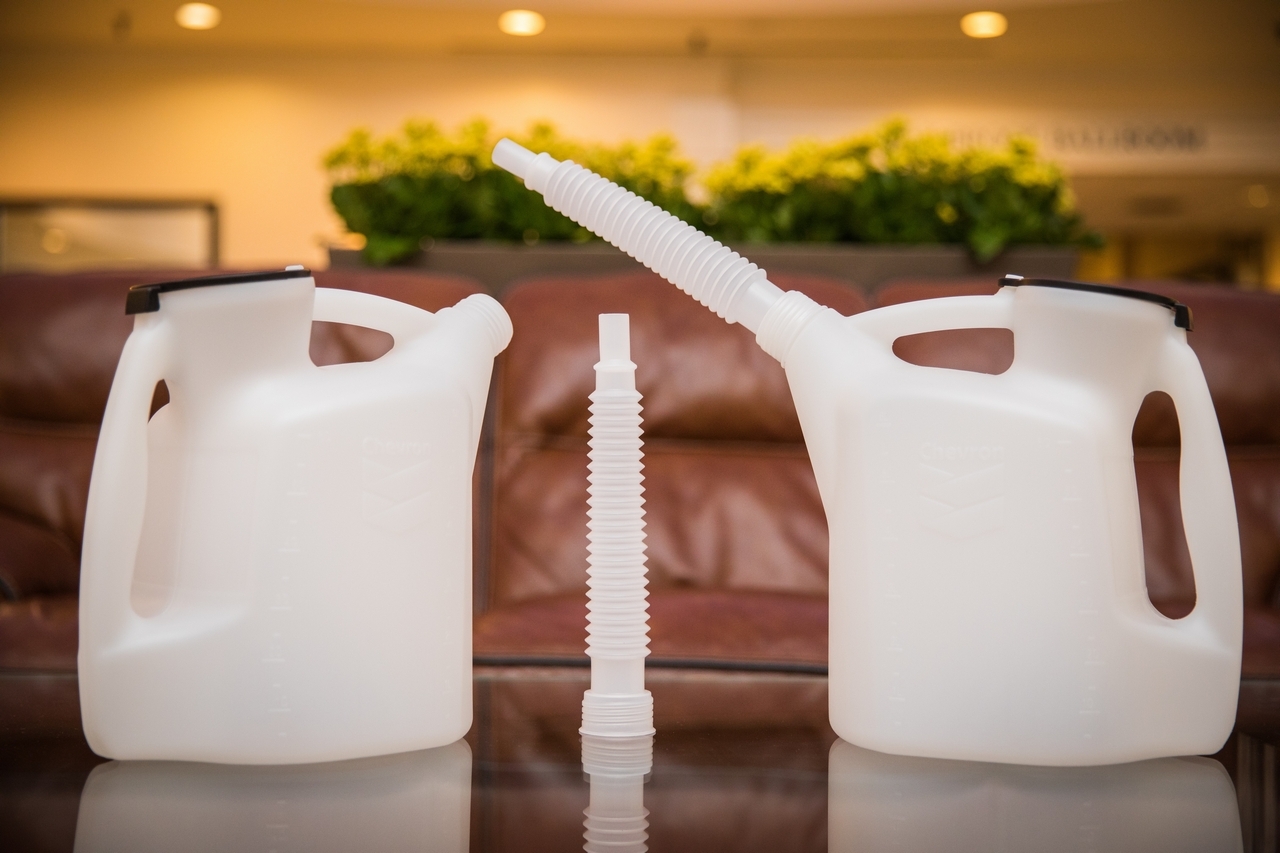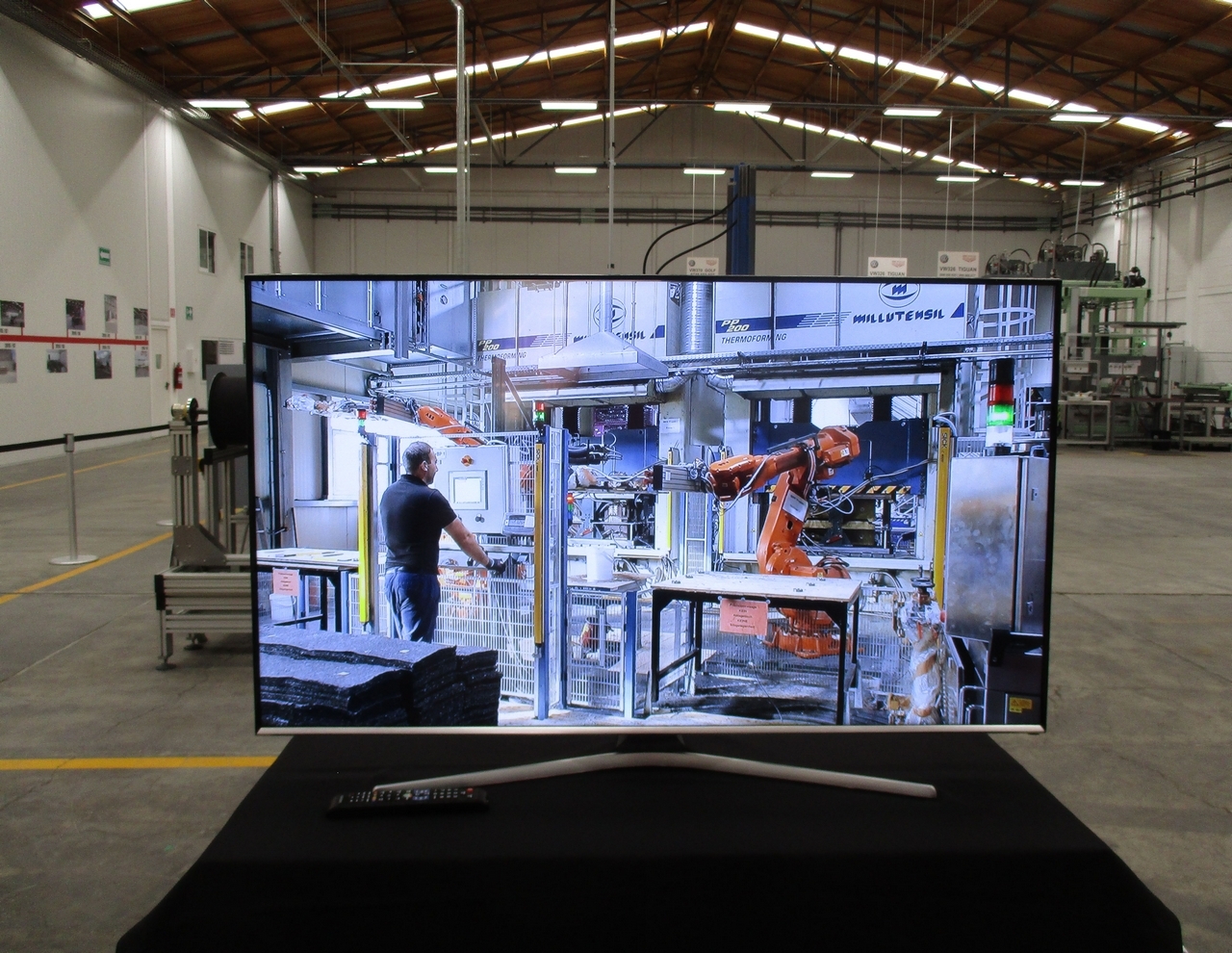▲ Mexican President Enrique Peña Nietohonors PetStar for its recycling efforts.Mexico City — Food grade PET recycler PetStar SAPI de CV has received Mexico's National Quality Award in Organizational Innovation from the country's President Enrique Peña Nieto.The award recognizes the company's sustainable business model as a benchmark in PET recycling.Owned by Coca-Cola México and six bottlers, the company's plant in Lerma, Mexico, is widely considered the largest facility of its type anywhere.Peña Nieto presented the award to PetStar Chairman Alejandro Molina and CEO Jaime Cámara Creixell during the 28th quality awards ceremony at Los Pinos, the official residence of Mexican presidents, in early June.Officials described the company's sustainable business model as "innovative and at the same time relevant, competitive, replicable, sustainable and inspiring.""With PetStar, the Mexican Coca-Cola industry and every related bottler have made clear not only their commitment to sustainability but also their determination to continue promoting shared value initiatives that benefit Mexico and the environment," said Molina, who is also the executive technical and supply chain director for Arca Continental SAB de CV, one of PetStar's owners.PetStar recycles 3.1 billion bottles annually, enough to fill the Azteca soccer stadium two and a half times, it says.Source: Plastics News
Aeyoung Park
2018-06-12


















